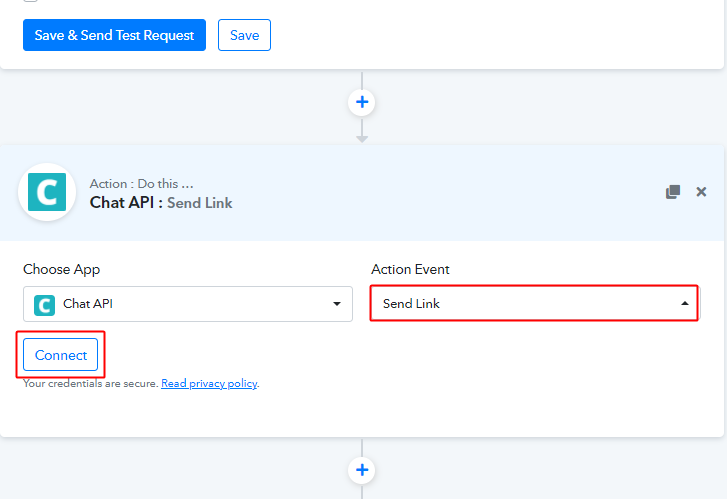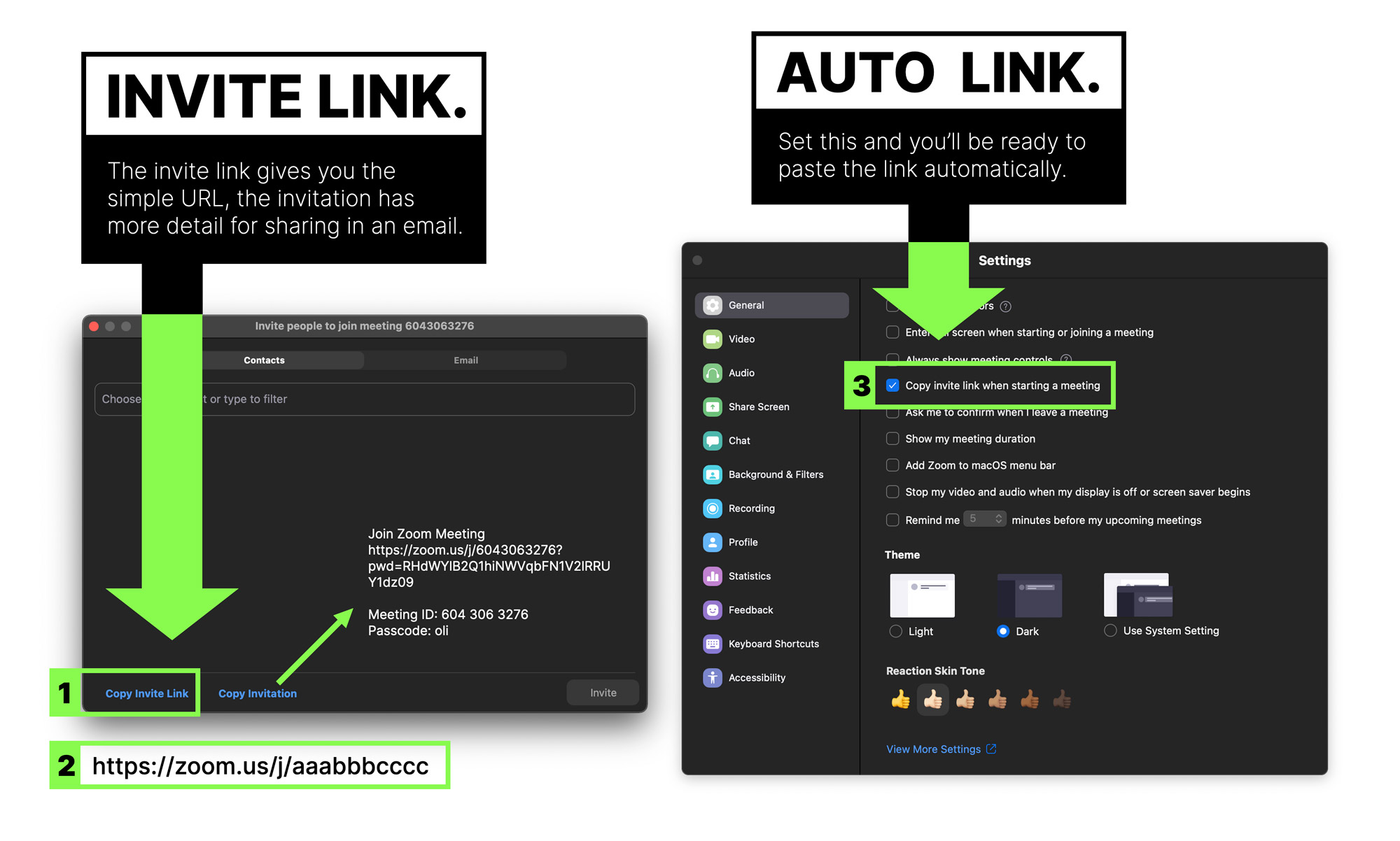


We have also detected malicious files impersonating Zoom’s installation program. So it’s no surprise that the explosive growth in Zoom usage has been matched by an increase in new domain registrations with names including the word ’Zoom’, indicating that cyber-criminals are targeting Zoom domains as phishing bait to lure victims. Of course, where people go, criminals will follow. The video conferencing service was already popular before the pandemic, but in the ‘new normal’ of social distancing it has become the go-to platform globally for everything from high-level government and business meetings, to university and school classes, to family gatherings – meaning that Zoom usage has soared from 10 million daily meeting participants back in December 2019 to over 300 million in April 2020. Research by: Adi Ikan, Liri Porat and Ori Hamama IntroductionĪs the world starts to emerge from Coronavirus-related lockdowns, and organizations continue to support remote working for their employees, ’Zooming’ has become part of our everyday language.


 0 kommentar(er)
0 kommentar(er)
